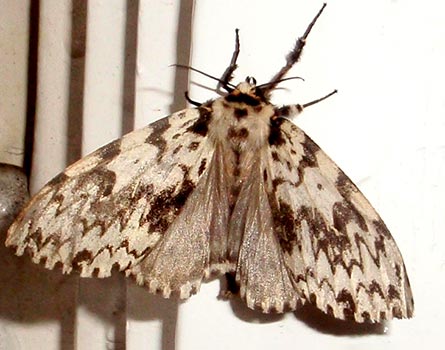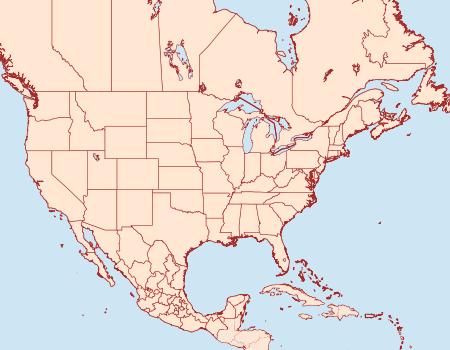
|

Digital Guide to Moth Identification |

|
|
Erebidae
990490n –
19490 Lymantria monacha
(Linnaeus, 1758)
|
|
| Photographs are the copyrighted property of each photographer listed. Contact individual photographers for permission to use for any purpose. | |

Poland - © Marek Bartczak |
|
| References (Caution: DNA barcoding at BOLD provides evidence of relatedness, not proof of identification; some BOLD specimens shown may not be sequenced.) | |
|
Moth Photographers Group at the Mississippi Entomological Museum at the Mississippi State University
Send suggestions, or submit photographs to Webmaster — Moth Photographers Group
Database design and scripting support provided by Mike Boone

